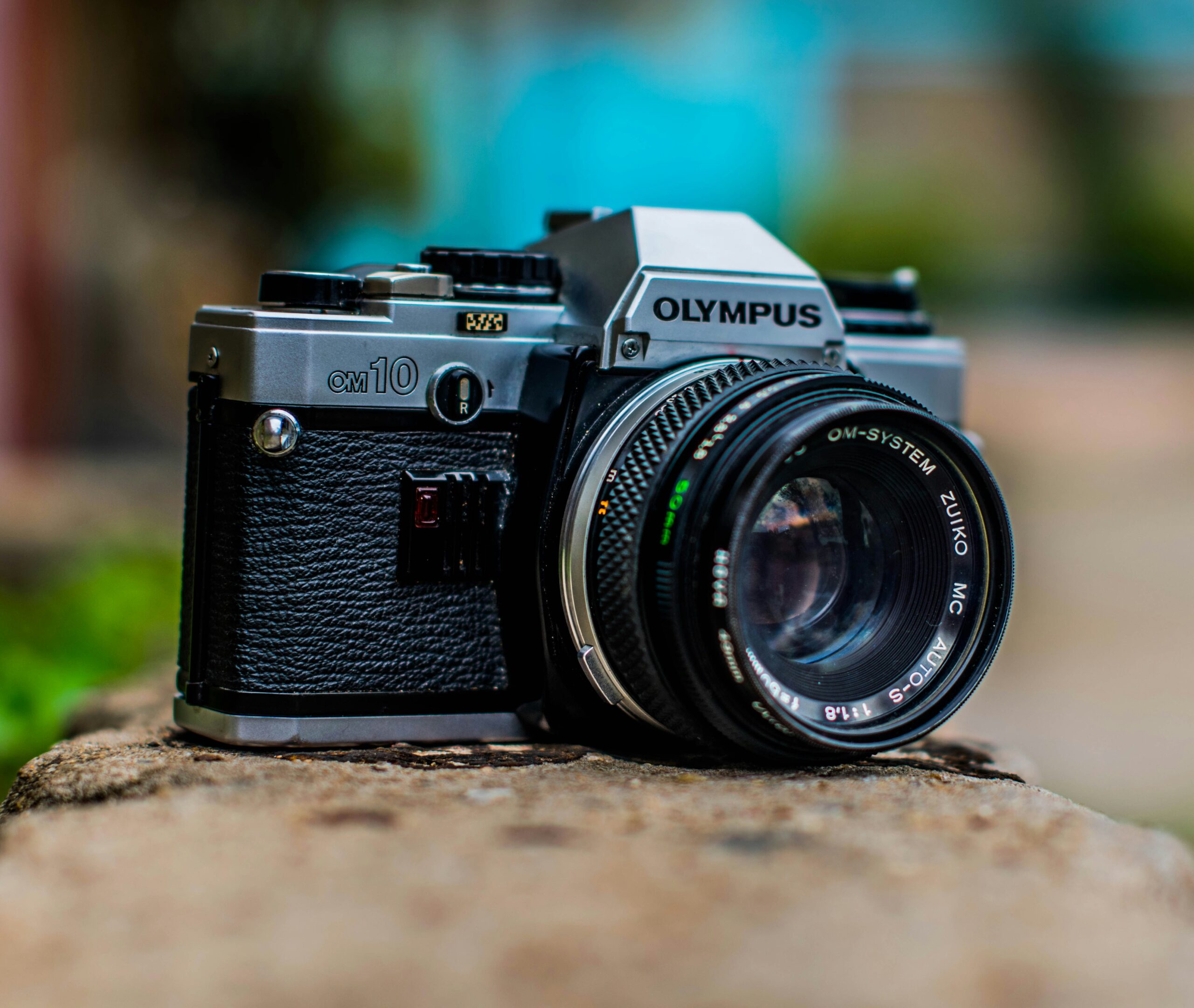Binoculars are fascinating optical devices that allow you to bring distant objects into clear focus. But have you ever wondered what the different parts of binoculars are called? In this article, we will explore the components that make up these amazing gadgets. Whether you are a seasoned birdwatcher or simply curious about the inner workings of binoculars, you’ll discover the names and functions of the essential parts that bring the world closer to you. So, let’s embark on this journey and unravel the mysteries behind the fascinating world of binoculars!

Objective Lenses
Definition of Objective Lenses
Objective lenses are a crucial component of binoculars that are responsible for gathering light and forming the initial image. These lenses are located at the front of the binoculars and are typically larger in size compared to the eyepieces. They are usually made of high-quality optical glass that effectively minimizes chromatic aberration, ensuring clear and crisp images.
Function of Objective Lenses
The primary function of objective lenses in binoculars is to gather light from the object being observed and transmit it towards the eyepiece lenses. The larger the objective lens diameter, the more light it can collect, resulting in brighter and clearer images. This is especially beneficial in low-light conditions or while observing objects that are located at a distance.
Variety in Objective Lens Sizes
Objective lenses come in various sizes, usually measured in millimeters (mm). Common objective lens diameters range from 20mm to 60mm or even larger. The choice of objective lens size depends on the user’s specific requirements and preferences. Smaller objective lenses are lighter and more compact, making them suitable for activities like hiking, bird-watching, or travel. On the other hand, larger objective lenses provide enhanced light-gathering capabilities, making them ideal for astronomy or other activities requiring maximum clarity and detail.
Eyepiece Lenses
Definition of Eyepiece Lenses
Eyepiece lenses, also known as ocular lenses, are the lenses located at the opposite end of the binoculars from the objective lenses. These lenses are responsible for further magnifying the image formed by the objective lenses and projecting it onto the user’s eyes. Similar to objective lenses, eyepiece lenses are made of high-quality optical glass to ensure optimal clarity and minimal distortion.
Bino-prism Designs
Many modern binoculars feature a bino-prism design, which utilizes specific types of eyepiece lenses known as prisms. These prisms, typically made of glass, serve the purpose of correcting the inverted image produced by the objective lenses. By using prisms, binoculars can provide users with correctly-oriented images, making them more comfortable and intuitive to use.
Eyepiece Lens Materials
Eyepiece lenses can be manufactured using various types of optical glass or even specialized materials like plastic or acrylic. The choice of material depends on factors such as cost, desired image quality, and specific applications. High-end binoculars often feature eyepiece lenses made of premium optical glass to ensure exceptional optical performance, while more affordable options may utilize plastic lenses that still offer satisfactory image quality.
Prisms
Definition of Prisms
Prisms are an integral part of binoculars, particularly those with bino-prism designs. These optical elements play a critical role in correcting the orientation of the image produced by the objective lenses. Prisms are usually made of high-quality glass and have specific shapes that allow them to refract and reflect light in a controlled manner.
Types of Prisms
There are two primary types of prisms used in binoculars: Porro prisms and roof prisms. Porro prisms, named after their inventor, Ignazio Porro, are known for providing superior depth perception and a wider field of view. Roof prisms, on the other hand, offer a more compact and streamlined design, making them popular in modern, lightweight binoculars. Both types of prisms have their advantages and are suited for different applications and personal preferences.
Impact on Binoculars Vision
Prisms significantly impact the overall vision produced by binoculars. By correcting the inverted image formed by the objective lenses, prisms ensure that users observe objects in their correct orientation. Additionally, the design and quality of the prisms can influence aspects such as image brightness, sharpness, and color fidelity. High-quality prisms contribute to a clearer and more immersive viewing experience, enhancing the pleasure of using binoculars.
Binocular Eyecups
Definition of Eyecups
Eyecups are the rubber or plastic attachments surrounding the eyepiece lenses. They serve several essential functions, such as providing a comfortable resting surface for the user’s eyes, shielding the eyes from ambient light or glare, and helping maintain a proper distance between the eyes and the eyepieces for optimal viewing experience.
Importance of Eyecups
Eyecups are instrumental in ensuring comfortable and immersive viewing with binoculars. By providing a soft and cushioned surface for the eyes, they minimize discomfort, particularly during extended observation sessions. Additionally, eyecups act as a barrier against stray light, improving image contrast and reducing the chances of eyestrain. They also create a blackout effect, enhancing the user’s focus on the observed object and reducing distractions.
Types of Eyecups
There are several types of eyecups available, each catering to different preferences and applications. Standard eyecups are usually made of rubber or plastic and can be folded or extended to accommodate users wearing eyeglasses or sunglasses. Twist-up eyecups offer added flexibility, allowing users to adjust their position according to their exact eye relief requirements. Some advanced binoculars even feature adjustable eyecups with multiple positions, ensuring optimal comfort for a wider range of users.

Focusing Mechanism
Definition of Focusing Mechanism
The focusing mechanism in binoculars allows users to adjust the image sharpness and clarity according to their specific visual requirements. It allows for precise focusing on objects at different distances, ensuring a clear view regardless of the observed subject’s proximity.
How the Focusing Mechanism Works
The focusing mechanism typically involves a knob or a wheel located between the two barrels of the binoculars, known as the central focusing wheel. By rotating this wheel, users can adjust the positions of internal lenses or prisms, altering the optics and achieving the desired focus. In some binocular models, the individual eyepieces may also have a separate focusing mechanism, allowing for fine-tuning of the focus to compensate for any discrepancies in the user’s vision between their two eyes.
Central Focusing vs Individual Eyepiece Focusing
Binoculars employ two main types of focusing mechanisms: central focusing and individual eyepiece focusing. Central focusing involves using a single, shared mechanism to simultaneously adjust the focus for both eyes. This mechanism is usually controlled by a centrally located wheel, making it easy to operate and providing synchronized focus adjustments.
Individual eyepiece focusing, on the other hand, allows users to independently focus each eyepiece to compensate for any differences in vision between their two eyes. This type of focusing mechanism is often found in specialized binoculars used for specific applications like marine or astronomical observation, where precise focus adjustments are crucial for optimal viewing.
Hinge and Dual-axis Design
Definition of Binocular Hinge
The binocular hinge refers to the central part of the binoculars that allows the two barrels to pivot or fold towards each other for compact storage and comfortable handling. The hinge plays a vital role in enhancing the portability and convenience of binoculars.
Primary Function of the Hinge
The primary function of the hinge is to enable the adjustment and alignment of the two barrels according to the user’s interpupillary distance. This distance refers to the measurement between the centers of the user’s pupils and can vary from person to person. By adjusting the hinge, users can customize the binoculars to ensure that the eyepieces align perfectly with their eyes, maximizing viewing comfort and providing an immersive experience.
Dual-Axis Binocular Design
Some binocular models feature a dual-axis design, also known as “open-bridge” or “hingeless” design. In such models, the traditional hinge is replaced by a gap between the two barrels, providing a more ergonomic grip and reducing the overall weight and bulk of the binoculars. This design allows for improved handling, particularly during activities like bird-watching or hiking, where maneuverability and ease of use are essential.

Rubber Armoring
Explanation of Rubber Armoring
Rubber armoring refers to the protective rubber coating applied to the exterior of many binoculars. It serves as a protective layer, safeguarding the optical components from impacts, abrasions, and harsh environmental conditions. Rubber armoring also provides users with a secure and comfortable grip, preventing accidental slips or drops.
Advantages of Rubber Armoring
Rubber armoring offers several advantages in terms of both protection and usability. Firstly, it acts as a shock absorber, reducing the risk of damage to the delicate internal components of the binoculars from accidental bumps or falls. The rubber coating also provides excellent grip and improved handling, even in wet or cold conditions. Additionally, it helps dampen vibrations, ensuring a stable and shake-free viewing experience.
Different Rubber Armoring Types
There are various types of rubber armoring used in binoculars, with different textures, thicknesses, and patterns. Some binoculars feature a smooth and sleek rubber coating that provides a comfortable and soft touch. Others may have a knurled or textured surface, offering enhanced grip and tactile feedback. The choice of rubber armoring depends on the manufacturer’s design preferences, intended use, and user’s ergonomic needs.
Diopter Adjustments
Definition of Diopter Adjustments
Diopter adjustments are a vital feature in binoculars that allow users to compensate for differences in vision between their left and right eyes. It ensures that the binoculars can be adjusted to match the user’s specific visual requirements, providing a clear and focused image for both eyes.
How to Use Diopter Adjustments
To use the diopter adjustments, users typically locate a small dial or ring near the focusing mechanism on one of the eyepieces. By adjusting this dial, users can fine-tune the focus in that specific eyepiece, compensating for any vision disparities between their eyes. To achieve optimal focus, users often cover one eye and focus the binoculars using the other eye first. Then, while still covering the first eye, they adjust the diopter until the image appears sharp and focused through the second eye.
Purpose of Diopter Adjustments
The purpose of diopter adjustments is to ensure binoculars provide a balanced and clear image for both the user’s eyes. Individuals often have slight differences in vision between their left and right eyes, such as variations in astigmatism or nearsightedness. By using the diopter adjustments, users can calibrate the binoculars to match their vision, minimizing eye strain and maximizing the overall viewing experience.
Tripod Adapter
Definition of Tripod Adapter
A tripod adapter is an accessory that allows binoculars to be mounted on a tripod or other support systems. It consists of a plate or bracket that attaches to the binoculars and a threaded socket or mount that interfaces with the tripod’s screw.
How to Use a Tripod Adapter
Using a tripod adapter is a straightforward process. First, the adapter is securely attached to the binoculars, usually by screwing or clamping it onto the binocular body. Once attached, the adapter is then mounted onto the tripod or other support system. This provides a stable and hands-free viewing experience, especially when observing stationary objects or engaging in long-duration observations.
Benefits of Using a Tripod Adapter
Using a tripod adapter offers several benefits, particularly for extended use or when observing distant or high-magnification targets. It eliminates the need to hold the binoculars by hand, reducing fatigue and promoting a more stable viewing platform. Mounting binoculars on a tripod also improves the ability to track moving objects smoothly, as hand tremors or involuntary movements are minimized. Additionally, utilizing a tripod adapter can enhance image stability and sharpness when using higher magnification binoculars, where even slight movements can cause image shake.
Lens Coatings
Definition of Lens Coatings
Lens coatings refer to special optical coatings applied to the surfaces of objective lenses and eyepiece lenses. These coatings are designed to improve light transmission, reduce glare and reflections, and enhance overall image quality.
Different Kinds of Lens Coatings
There are various types of lens coatings, each serving a specific purpose. Anti-reflective coatings, such as multi-coatings or fully multi-coatings, are commonly used. They help minimize the loss of light due to reflections, allowing more light to pass through the lenses and reach the user’s eyes. Other coatings, like phase correction coatings or dielectric coatings, are often applied to prisms, enhancing image contrast and color accuracy. Coatings may also include protective layers that repel water, dust, or scratches, ensuring the longevity and durability of the lenses.
Advantages of Lens Coatings
Lens coatings offer numerous advantages that significantly improve the overall performance and user experience with binoculars. By reducing reflections and maximizing light transmission, they enhance the brightness and clarity of the observed images. Coatings also minimize the negative effects of glare, enabling users to see fine details and subtle contrasts more effectively. Furthermore, protective coatings help keep the lenses clean, making them easier to maintain and ensuring long-lasting optical performance.
In conclusion, binoculars are complex optical instruments that consist of several crucial components. Objective lenses gather light, eyepiece lenses magnify and project images, prisms correct the image orientation, eyecups provide comfort and shield against stray light, and rubber armoring protects the binoculars. Diopter adjustments and focusing mechanisms allow for personalized adjustments, while lens coatings enhance image quality. The hinge design and tripod adapter contribute to portability and stability. Understanding the various parts of binoculars can help users make informed decisions when choosing the right pair for their specific needs and preferences.
